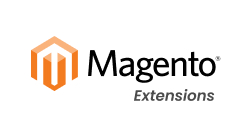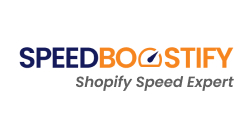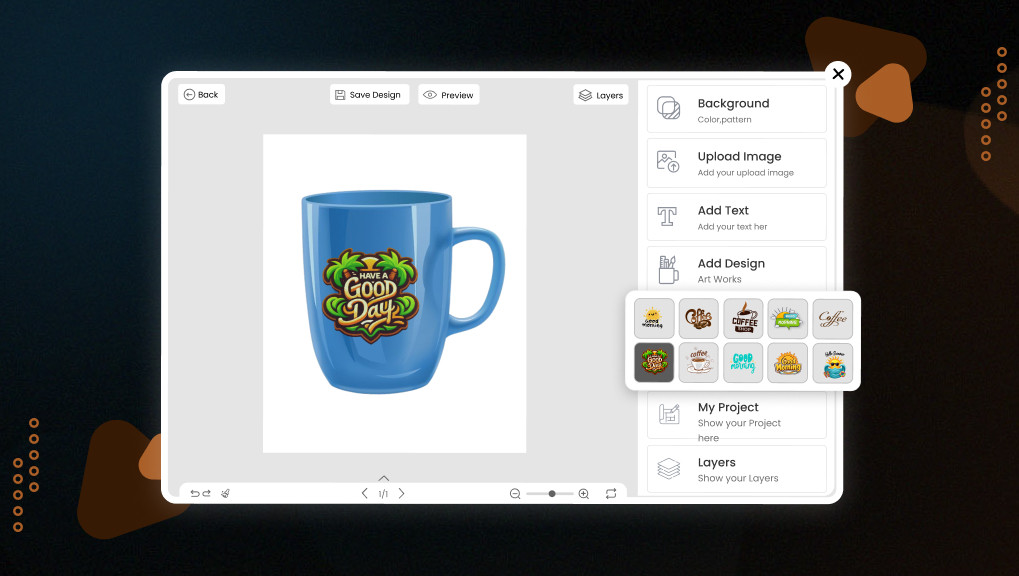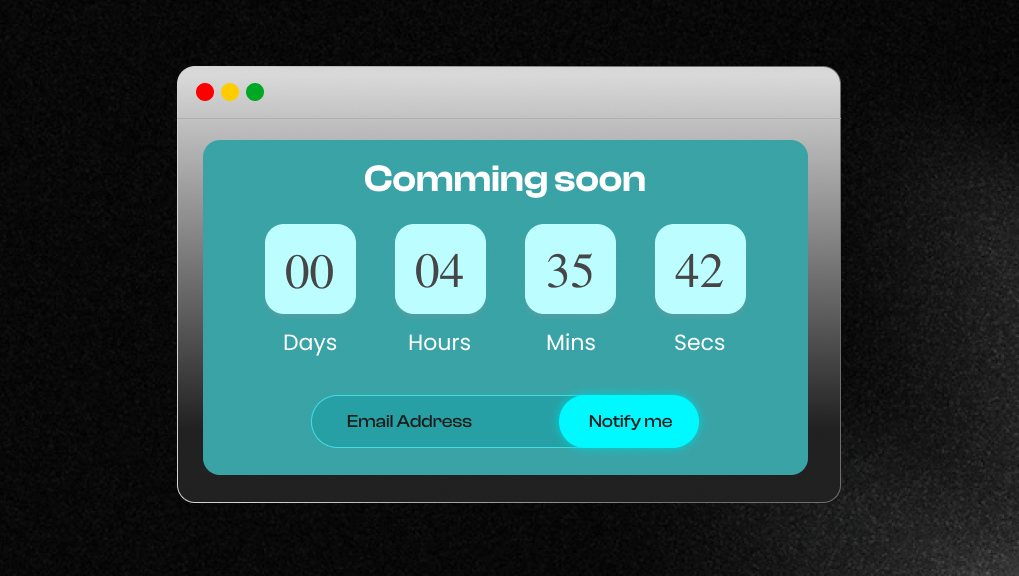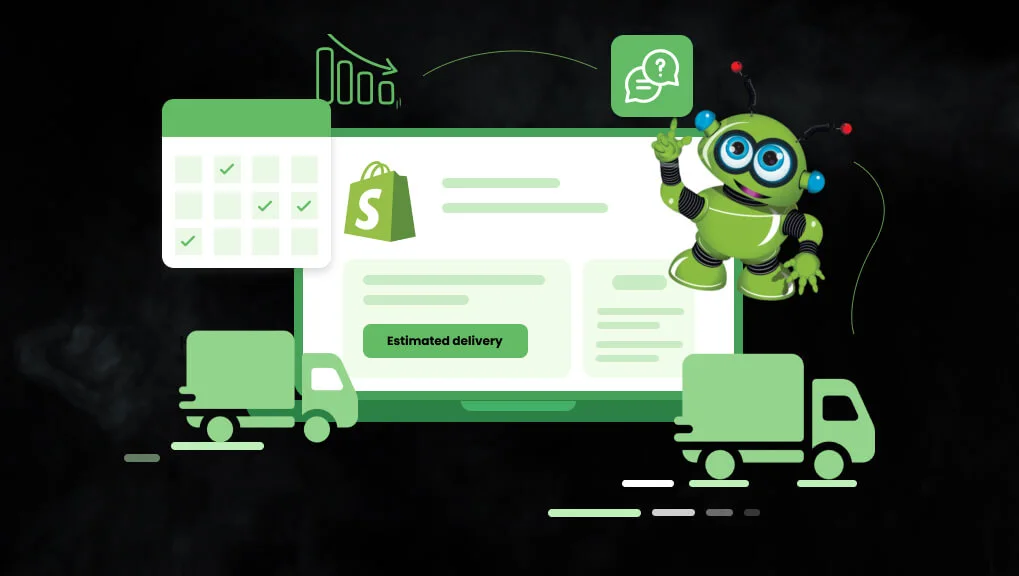Quick Summary: This guide gives a rundown of the top 5 Shopify product customizer apps for 2025. We go over what a product customizer is, what the benefits are, and break down reviews for each app. Find out which product customizer is best for your Shopify store’s specific needs and budget.
You can’t just sell products at retail these days, when we are talking about e-commerce – you are going to have to fulfill a customer’s need or want. Like a fun example: a t-shirt with their favorite saying and/or a mug with a family picture on it. Well, Shopify product customizers allow customers to create their own products right from the store. Apps such as these are easy to use, and they help online stores create more buyers, increase sales, and also increase the level of satisfaction among customers.
Personalization is no longer a fleeting trend. Research shows that anywhere from 47%–76% of consumers expect customization from retailers. Stores that do customize products when requested can realize upwards of a 10% increase in sales. And there is even a study stating that about 25% of consumers would even pay extra for the customer-created product.
For instance, if a neighborhood coffee shop offers customization on their online menu, the fans could add names or doodles to the mugs, and see an increase in sales, perhaps even back orders, would double. Shopify is expecting a 10.32% global by 2025, and tools like this allow the store to engage customers without any extra effort online.
What is a Product Customizer?
A product customizer is like a digital art tool for your online store. You can have customers change parts of a product they would like before it has been purchased, for example, changing it up by colors, adding text, or uploading photos. With Shopify, you just install an app that does not require coding, and it will work right away.
Consider everyday merchandise as your off-the-rack shirts or pants that don’t fit quite right. A customizer turns everyday merchandise into tailored merchandise. The consumer can see what is being changed with a real-time view, so they know exactly what they will get. This provides reassurance and lowers returns.
By 2025, customizers will be even better at knowing what you want. It won’t just be a mechanism for creating and designing custom items. Some customizers are powered by AI (artificial intelligence) products and actually remind the customer of a design they liked in the past. Shopify’s base product options are limited, but customizers can be built to handle unlimited customizations.
From small shops to large, you will find customizers on websites for phone cases to jewelry. People buy custom products better because they feel involved and because it is more fun and easier!
Features of Shopify Product Customizer
A Shopify product customizer works on your product page. When a customer arrives, the app populates a customization panel through sliders, text boxes, or upload buttons. As they make adjustments, a live preview refreshes to show an updated product image. It’s like playing with Legos but for results.
Behind the scenes, it works with Shopify’s system. The adjustments are saved as order notes to keep you or your team informed on what to make or print. Most apps these days offer a mobile view as well, since 60% of e-commerce traffic is mobile by 2025.
Key Features
Good Shopify product customizer apps share core tools that make life easier. Here’s what to look for:
- Live Previews: See changes instantly, like coloring a digital canvas.
- Option Types: Text fields, color swatches, file uploads, checkboxes, over 20 types in top apps.
- Conditional Logic: Hide or show options based on picks, like “If red shirt, show gold buttons.”
- Pricing Add-Ons: Charge extra for fancy tweaks, updating the total live.
- Bulk Tools: Apply settings to many products at once, saving hours.
- Integrations: Works with print services like Printful or themes like Dawn.
In 2025, trends lean toward AI smarts and AR previews. Imagine customers “trying on” custom hats in augmented reality via their camera. Apps now export data to CSV for quick edits, too. These features solve setup pains, letting you focus on sales.
For instance, if your store sells bags, a customizer might let users pick a leather type, then show matching zip colors automatically. No guesswork, just smooth flows.
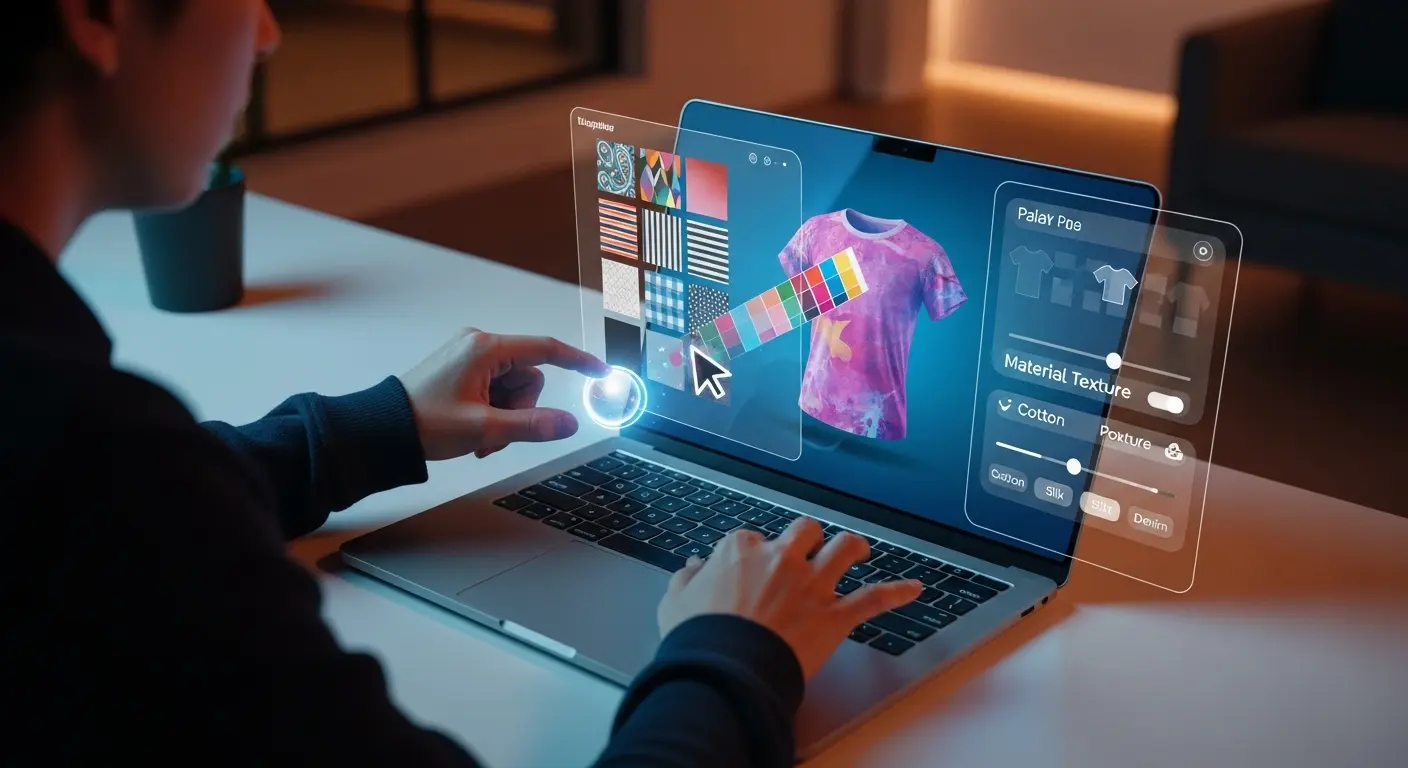
Benefits of Using Product Customizers
A Shopify product customizer is not just a luxury. It’s a clever solution (one of many financial benefits) to some of the classic issues stores face. Let’s get to it, along with facts from 2025.
Boosted Sales and Revenue
To begin, it increases your bottom line. Customized products can increase average order value by 15-20%. Why does this happen? Customers are willing to pay more for something that seems “theirs”. A recent study showed average revenue growth from smart personalization was 10-15%. So doing the math, if a store makes $50k/month, that’s an additional $5k (or more) in your pocket each month.
Happier Customers and Loyalty
Consumers like control. The customization process reduces cart abandonment because they know exactly what it is, and they are seeing it in the cart. Returns are also reduced because customers can see if the item they are ordering is a mismatch with what they were thinking. Additionally, by 2025, we expect 76% of shoppers will want personal chats with brands (against chatbots), to instill loyalty and encourage repeat customers. A fun fact is that customers who buy customized products are 2x more likely to recommend your shop.
Edge Over Competitors
Differentiate from everyone around you. Everybody has basics, with Shopify holding a 10.32% stake alone. Customizer’s tools offer you an option for some type of singularity, such as engraving a piece of jewelry, and they reduce your holding risk by not carrying stock on every possible combination.
Easier Operations
For you, it’s less hassle. Apps auto-sync orders, so fulfillment is a breeze. Pricing tools handle upsells without manual tweaks. In busy seasons, this saves time and errors.
Overall, these benefits turn a standard store into a customer magnet. As e-commerce personalization booms in 2025, with AI and immersive tech leading, early adopters win big. It’s a simple solution to low engagement: Give choices, get growth.
Top 5 Shopify Product Customizer Apps in 2025
Now, the good stuff. We picked these based on ratings, features, and 2025 user feedback from the Shopify App Store. Each solves key needs like easy setups or complex designs. All integrate seamlessly with Shopify, no tech headaches.
1. SB Custom Product Personalizer
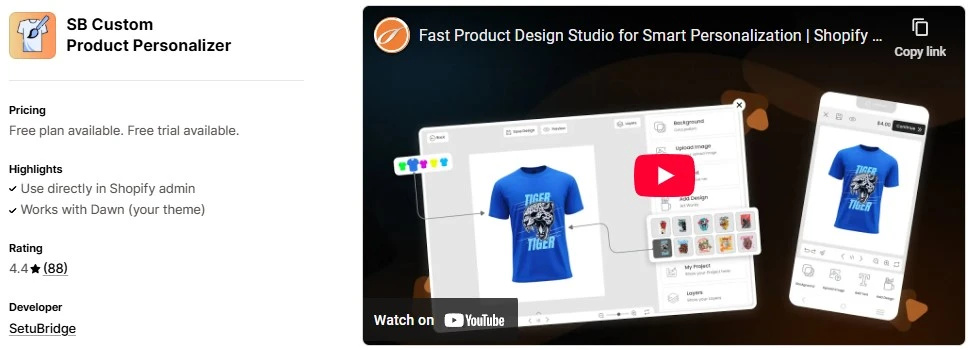
SB Custom Product Personalizer is a user-friendly app for Shopify stores to let customers design items like t-shirts, mugs, phone cases, and more. It supports image uploads, adding text, colors, and cliparts with real-time previews. Links to Printful for quick fulfillment, with Printify and Gelato coming soon. Ideal for small shops scaling up, it handles multiple product sides and bulk orders, making personalization simple and fun.
Features
- Ready-to-use text, images, cliparts, patterns, and colors. Add your own, too.
- Export print-ready files in PNG, JPG, SVG, or PDF.
- Set prices for each element to control costs.
- Bulk ordering with size/color variants and layout tweaks.
- Works on any device, including multi-sided designs.
- Direct Shopify admin access; fits latest themes.
Benefits
This app helps store owners offer flexible designs without inventory overload. It boosts ROI through custom pricing and cuts fulfillment time with print partners. Users find it great for starting small, potentially doubling revenue on growth plans by engaging creative buyers.
Reviews and Ratings
Average rating: 4.4 out of 5 stars – 88 reviews.
Pros
- Easy for beginners with free setup support.
- Versatile for print-on-demand.
- Strong onboarding calls.
Cons
- Occasional bugs in previews.
- Limited free plan for high-volume stores.
2. Easify Custom Product Options

Easify Custom Product Options adds endless tweaks to Shopify products, like engraving on jewelry or gift notes. It includes live previews for uploads and text, plus add-ons for upsells. With conditional logic, options appear based on choices. Perfect for varied items, it integrates smoothly and offers 24/7 help, making custom sales straightforward for busy merchants.
Features
- Option types: Text boxes, swatches, checkboxes, dropdowns, file uploads.
- Date/time pickers, dimensions, and font/color selectors.
- Price and product add-ons for easy bundling.
- Live personalizer with previews.
- Conditional logic tied to variants.
- In-cart editing and performance tracking.
Benefits
Merchants gain from higher sales on custom goods, as previews build confidence. It simplifies multi-variant management, improving customer satisfaction. Support shines for tricky setups, helping stores run smoothly and convert more visitors into buyers.
Reviews and Ratings
Average rating: 4.9 out of 5 stars – 1,527 reviews.
Pros
- Tons of templates and unlimited free basics.
- Top-notch, fast support.
- Boosts upsells naturally.
Cons
- Advanced features require a paid plan.
- Learning curve for complex logic.
3. PC – Custom Product Options
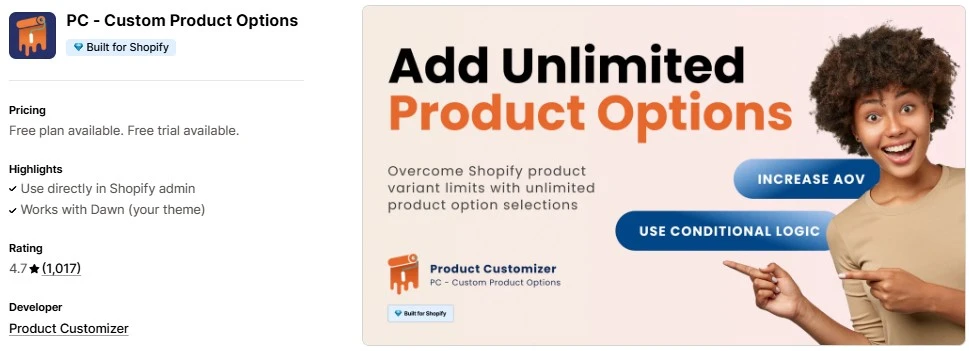
PC – Custom Product Options unlocks unlimited variants on Shopify, from engravings to textures. Add swatches, uploads, and up-charges to personalize fully. Templates speed bulk setups, and logic hides irrelevant choices. It raises revenue by letting you charge for extras, all while keeping the shopping flow simple and engaging for customers.
Features
- Unlimited fields on any product page.
- Premium types: Swatches, uploads, date/font pickers.
- One-click templates for groups.
- Upcharge pricing per option.
- Conditional logic for smart displays.
- Responsive support for themes.
Benefits
This tool expands personalization beyond limits, helping shops upsell without confusion. It enhances experiences for custom niches, leading to more sales and fewer errors in orders. Merchants appreciate the revenue bump from extras.
Reviews and Ratings
Average rating: 4.7 out of 5 stars – 1,017 reviews.
Pros
- Quick bulk applies.
- Reliable for variants.
- Affordable entry.
Cons
- Conditional logic paid only.
- Less visual previews than rivals.
4. Tepo Custom Product Options
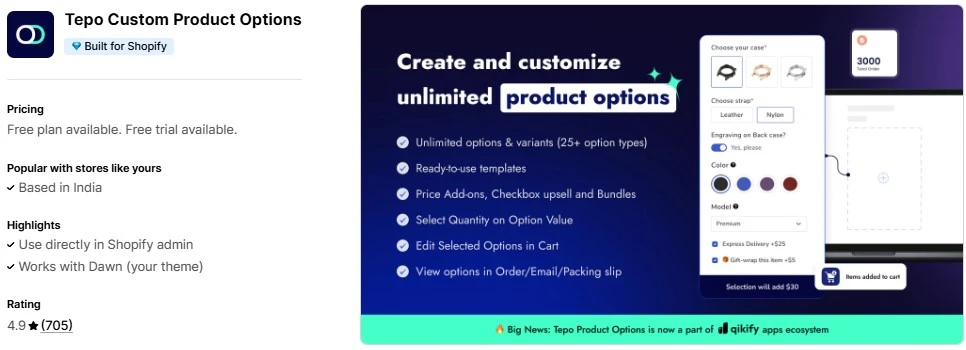
Tepo Custom Product Options beats Shopify’s variant cap with 30+ types, like swatches, uploads, and bundles. Add prices for upsells and use logic for smart flows. Import/export via CSV for big catalogs, and it syncs to orders/emails. Great for large stores, it works with discounts and POS, turning options into sales drivers.
Features
- 30+ types: Text, buttons, multi-uploads.
- Price add-ons and bundles.
- Conditional logic with variants.
- CSV bulk import/export.
- Sync to slips and POS.
- Theme-compatible admin use.
Benefits
It handles huge product lines without stress, boosting conversions via unique experiences. Discounts play nice, and unlimited options mean happier shoppers. For scaling shops, it cuts manual work and lifts order values.
Reviews and Ratings
Average rating: 4.9 out of 5 stars – 705 reviews.
Pros
- Unlimited free options.
- Strong for big inventories.
- Discount integration.
Cons
- Theme tweaks are sometimes required.
- Support delays by timezone.
5. Kickflip Product Configurators
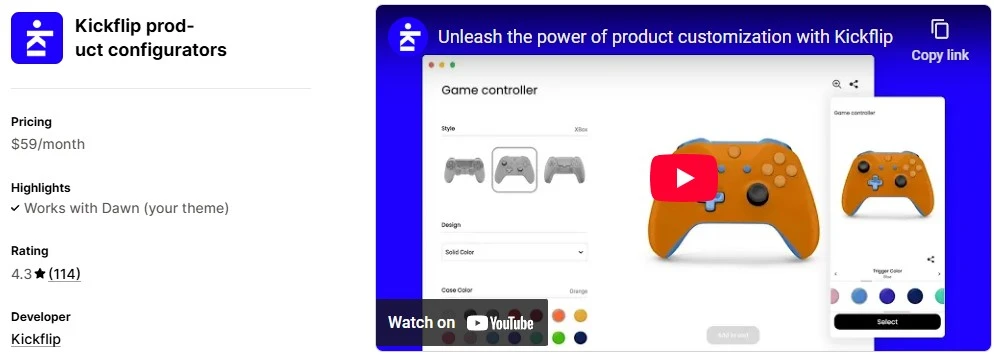
Kickflip Product Configurators lets customers layer colors, text, images, or parts on products with multi-angle previews. From simple logos to complex builds, it updates prices live. Made for engagement, it’s ideal for intricate customs like poms or apparel, offering insights into designs before checkout.
Features
- Text/image personalization with fonts.
- Multi-component adds/removes.
- Dynamic pricing per choice.
- High-res multi-view previews.
- Live coloring on areas.
- Unlimited storage/views.
Benefits
It sparks creativity, raising engagement and conversions for tough customers. Previews cut surprises, and pricing tools maximize profits. Stores get data on trends, helping with future stock.
Reviews and Ratings
Average rating: 4.3 out of 5 stars – 114 reviews.
Pros
- Great for complex visuals.
- Yearly updates.
- Creative freedom.
Cons
- Higher costs with fees.
- Some bugs in setup.
Key Takeaways
- Personalization pays: Expect 10-15% revenue lifts with the right tools.
- Pick by need: Easify or Tepo for variants; Kickflip for visuals; SB for prints.
- Start free: Most offer a trial test before committing.
- Trends matter: AI and AR are coming; choose apps that update often.
- Focus on support: Quick help solves 80% of setup snags.
- Measure wins: Track orders and engagement post-install.
Conclusion
In 2025, Shopify product customizer apps are revolutionizing the online shopping experience. Rather than just interacting with a product, shoppers are creating something personal. These apps can solve problems like low user engagement, few customization options, and boring products. Apps like SB Custom Product Personalizer, Easify, Tepo, PC, and Kickflip allow shoppers to preview their items live, choose different attributes, and engage in online shopping as an interactive experience.
Stores using these apps typically see a minimum of 10–20% increase in revenue, better customer experiences, retention, and loyalty. Setup is simple, and it works for any product, from mugs to clothes. With high ratings, free trials, and customer care agents beside them, these product customizer apps allow businesses to improve conversion rates with little effort. This can help stores improve customization, appeal to customers, increase revenue, and convert visitors to buyers.
FAQs
What is the best Shopify product customizer for beginners?
If you’re new to this world, check out SB, Easify, or PC. They have free plans, a straightforward setup up and good customer service. You can start creating text ads and not get overwhelmed by everything else they offer. All have a rating over 4.7, so they are great beginner options.
How much does a Shopify product customizer cost in 2025?
The cost is different depending on the apps. All have free tiers if you’re a light user. You can get plans for as low as $8.90/month (PC Basic) to $59/month (Kickflip). Most have trials for 7-14 days, and will offer you savings of up to 34% if a year is paid up front. In addition to the base cost, do consider proposed fees for extras- sales, for example.
Can Shopify product customizers work with print-on-demand?
Definitely! SB links with Printful right there, easy! Or other apps like Tepo can sync files and make fulfillment easier. This helps with the pains of production, so you can pay attention to the design. In 2025, around 40% of stores that offer custom products are connected to POD marketplace fulfillment.
Do these apps slow down my store?
Major apps like SB, Tepo are made for this optimization (no word of slow load times), and you can avoid a slow and overloading app with bulk tools, just test on your Staging site first. As Shopify should have a nice, fast Theme, customizers should only enhance user experience, not hinder it with load times.
How do I choose the right Shopify product customizer?
Fit to the products you carry. Is it variant-heavy? check out SB, Tepo. Visual? check out Kickflip. Ratings (4.5 and up are good), features (like logic), and reviews help you round out your options for your niche or product category. If you are planning on trials, install both and compare your orders.
Are there AI features in the 2025 Shopify product customizers?
Emerging, yes. Some suggest colors via AI. Kickflip and Easify have some leading smart preview options. Full AI design aids are also in high demand; official App Store reviews implied. As noted, keep an eye out for updates; it is likely there will be more integrations appearing shortly.

Shopify Expert
Dipen Panchal, Shopify Tech Lead at Setubridge Technolabs, brings over a decade of expertise as a Shopify Expert. Passionate about e-commerce growth, he specializes in UI/UX design, crafting intuitive, engaging solutions tailored for merchants and B2B clients to enhance user experiences.

